
During first two weeks of the school year I like to keep the environment very basic.
I use sunflowers, seashells, watermelon, or other summer type themes. It is Summer when we start school and to put out apples and Fall leaves now just doesn’t feel right. I think it is important for the children to appreciate the season we are experiencing at the time. Summer things are put out to begin the school year and Fall things begin to appear in September, when Fall actually begins! My focus is on reviewing the classroom and playground rules. We will also begin talking about character education and have activities that are related. I like to continue with daily reminders about caring for each other and our classroom.
Week 1 – Greetings
Songs at circle time will be those that encourage learning the name of our friends. Start demonstrating some grace and courtesy lessons (talked about in Practical Life section) during your first circle, such as how to greet others. Discuss rules for circle time; walking around the circle, raising hands, being polite listeners. Talk about work time and the rules for that; walking feet, not disturbing others, how to watch your friends working, one work at a time, rolling up a mat.
Go over daily schedule with children, perhaps have it written out with photographs (Circle for circle time, a shelf for work time) and post in on a wall in classroom so children can look at it and know what comes next during their day.
Involve children in helping to make a list of the rules for the classroom and the playground. Use a poster board to write them down and post in the room and perhaps by the door used to go outside for playtime. Go over name cards, folders for finished work and unfinished folders for work to be completed at another time.
Have a camera and begin taking photos of each child individually as well as some of them together. Individual photos can be made into a matching work (concentration game also) or a three part matching work including the name of each child. I like to buy small frames and have a shelf that has a plant or flowers on it along with picture frames with pictures of the children. These are changed throughout the year to allow for each child to have a few turns to be on the shelf during the remainder of the school year. Frames can also be changes to correspond with the season. For fall you could have orange, brown, yellow and red frames!
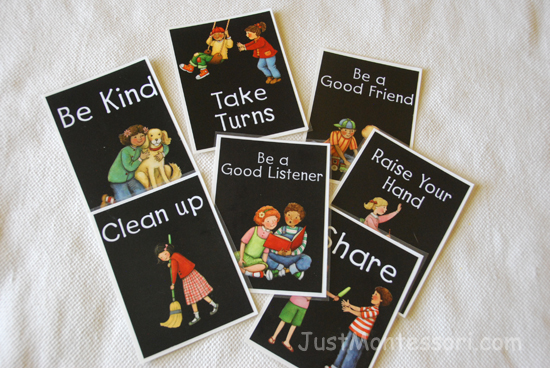
These can be used for discussion of classroom rules. They were part of a poster board and I decided to cut them and make them into cards. I made two sets so they can be put out on the shelf for a matching work.
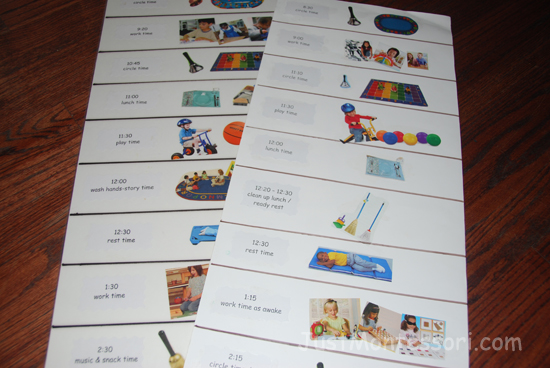
Week 1 – Caring
Friends: Caring for each other and our environment.


Days 1-4
Review songs, rules, read stories, art activities. On the second day, I would choose a work from practical life and demonstrate it at circle time. You could also demonstrate an art work. This will help pave the way for the lesson during each morning circle that will begin during the second week of school. An idea to also consider, is having new work demonstrated on your last circle of the day that will be found on the shelf the next day. This may not always be possible though when the new work will correspond with your lesson for that morning. It is especially helpful with new Practical Life activities or art work. Sometimes the children are so excited about a new work that they tend to ‘stand around waiting’ for their turn and have a hard time concentrating on other work.
Li’l Reminders
I like to have a name card for each child’s first and last name. These are used for dismissal at circle to go to work, to save a child’s work, and to use with tracing paper to practice writing their entire name. I have also seen other teachers put the front name on one side and the child’s last name on the back. This is good for those younger ones who may feel overwhelmed when trying to trace their entire name!
A little poem I like to have the children say before they get off their chair to put their work away is, “Stand up, push in, put away.” This provides just a little help to be sure they push in that chair before putting work away. Be sure to go over snack table rules. You can also begin with a group snack at first, which can provide opportunity to talk about polite manners while we are eating. Be sure to take advantage of these times as it builds a pattern of good manners for the child when eating at the table.
During the work time period for the first week, I spend my time guiding the children in their work and helping them to go about the environment. Always be an example of using slow feet and having a calm demeanor in the room (especially when the little pitchers of rice spill all over the floor).
Library
Read the story “How a Book is Made.” Discuss the different roles of the author, illustrator, publishers etc. Discuss that the books in our classroom library will be mostly books that are fiction or non-fiction (if you have the space to provide one shelf of each, label the shelves accordingly, if not, perhaps label shelves as fiction or non-fiction, so books can be ordered in such a way). Talk with the children about how special books are and the rules for for taking care of the classroom library and respecting books. Learn the parts of a book and the meaning of author and illustrator. You can introduce these before reading books if you would like.
In the Montessori primary classroom, fictional stories are avoided and introduced in first grade. Maria Montessori observed that until children are 5 years of age, they connect their minds with the realities of the environment and that fantasy confuses their perception of the world. I have been in a variety of different Montessori schools, each having a different thought on the matter. The world today is very different than when Montessori recorded her observations. This is also the controversy at times with computers in the classroom. Your school will determine how they feel about fictional books at the primary level. I include some and always explain the difference to the children (we do have 5 and 6 year old children in a primary classroom). We have a lesson on pretend and what is real using a rose or other flower and compare this to books. Children seem to be exposed to so many things today, that perhaps helping them to appreciate that some things are not real, such as animals talking in fictional story. Explain that we can still learn from fictional books, because of what the characters say or experience.
Songs:
Name , Name
Name, name…I’ve got a name and you’ve got a name
(as you go around the circle one child at a time says their name)
Lisa, LI-SA (clap for each syllable and say each child’s name according to syllables in the name while singing LI-SA
(repeat) Name, name I’ve got a name and you’ve got name
Continue around circle until all children have had a turn that would like one.
Everybody has a Name
Everybody has a name, everybody has a name
Lisa, Lisa has name, Lisa, Lisa has a name.
(Continue around circle, and end song with…..)
Everybody has a name, everybody has a name.
The More We Get Together
The more we get together, together, together,
The more we get together the happier we’ll be
For your friends are my friends, and my friends are your friends
The more we get together the happier we’ll be.
Variations: …the more we play, work, share, or care together…
Another idea – Read the story, Chrysanthemum. You can count the letters in each child’s name, have an art project in which children decorate their name, or make flower art.
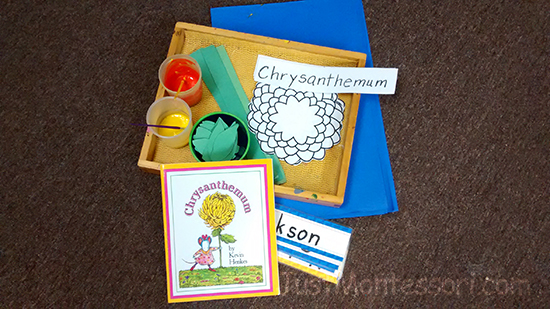
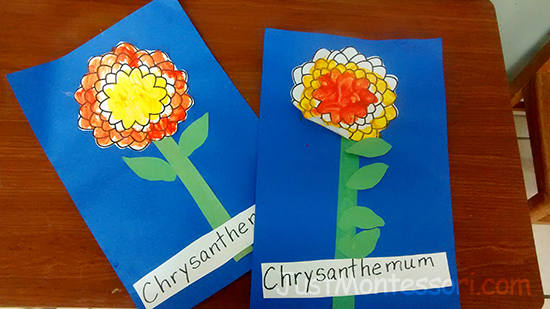
Week 1 Day 5
Materials for lesson: “The Peace Rose” book and a fake rose inside a vase that can easily be taken in an out of. After reading story show children the classroom peace rose and discuss how it can be used in the classroom. Act out different scenes that show examples of two children with a problem and one decides to go get the rose off shelf and takes it to their friend to work it out.
A great little song my husband wrote is called “The Peace Rose Song.”
The Peace Rose Song (tune: Oh, Susanna)
Ohhh, when I have a problem,
it’s clear what I must do,
I need to get the Peace Rose,
so I make peace with you.
I tell you how I feel,
with the Peace Rose in my hand,
You ask, “How to make it better?”,
you ask because you can.
I want to make it better,
it’s important to have peace,
I love to use the Peace Rose,
I see that you are pleased.
Now that things are better,
we put it in its place,
I’ll carry it over,
and you put it in the vase.

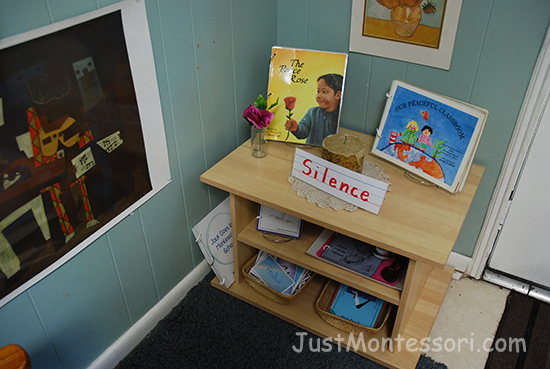
I found this description of ‘Peace in the Classroom’ recently in some school things and wanted to share it. However, I do not have the source for it. As you read this along with the children, have a discussion on what it means.
Peace in the Classroom
Peace is solving problems with words.
Peace is taking care of everyone in our community.
Peace is playing together and helping each other in the game.
Peace is wanting happiness for others.
Peace is letting others have a turn.
Peace is helping others understand.
Peace is waiting your turn.
When we are peaceful, we feel safe and happy.
Art:
Helping Hands: Discuss ways in which we can help each other and take care of the classroom. Make a “Helping Hands” poster or a “Friends Care and Friends Share” poster by tracing each child’ hands and glue them all onto poster board and label.
Friendship bracelets: Provide beads and string and children can make a bracelet for another child. Tie a bow to connect and that gives it a nice finish.
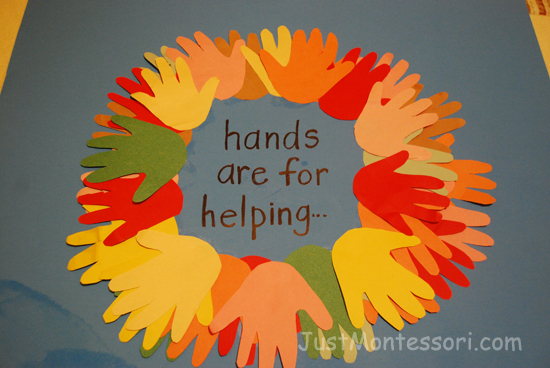
Additional Works:
Here are some pictures of some of the works that are on the shelves in the beginning of the school year, just to give you some ideas. Remember for me, it is still summer when we start school so I have a hard time putting out fall things in the summer.
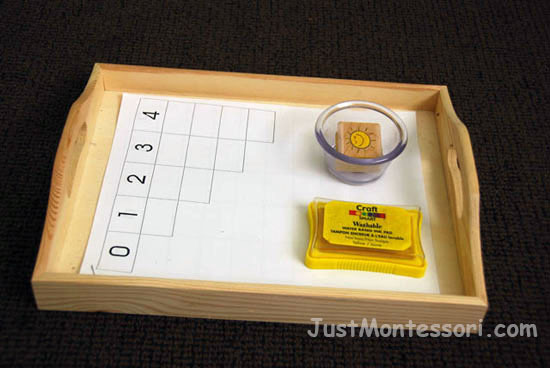
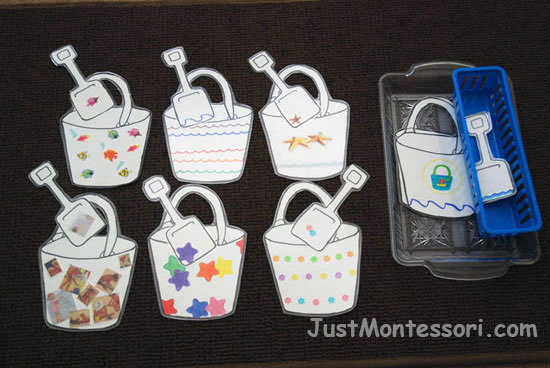
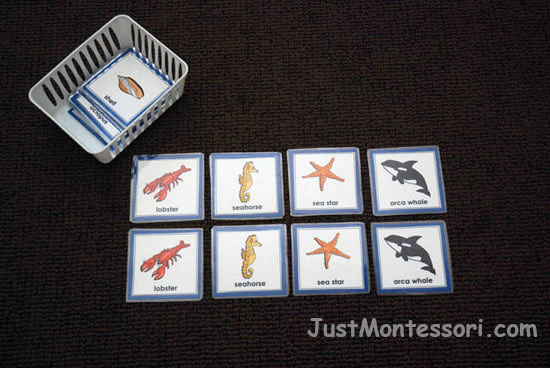
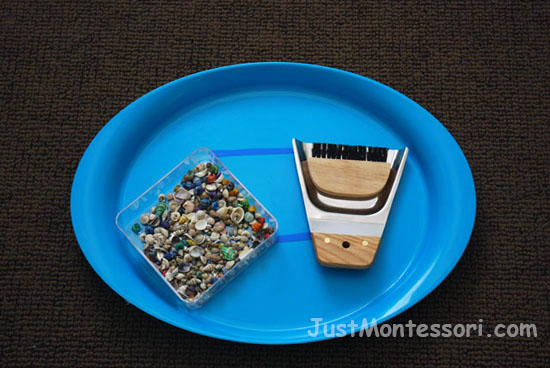
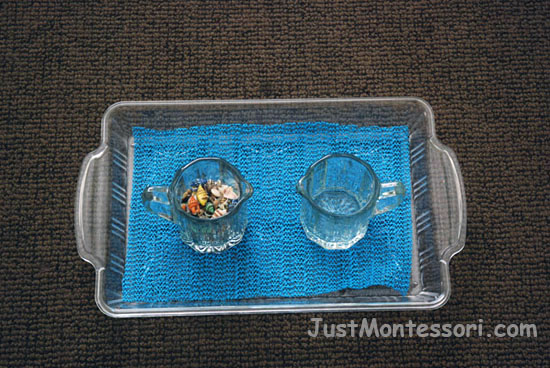
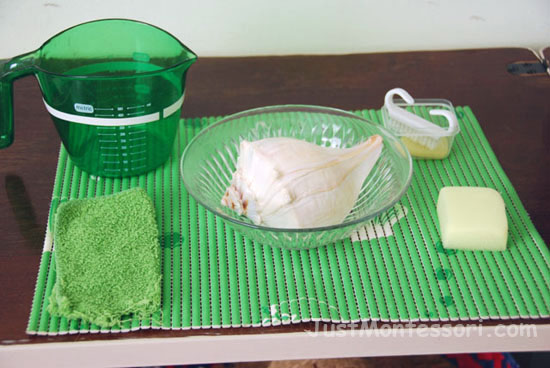
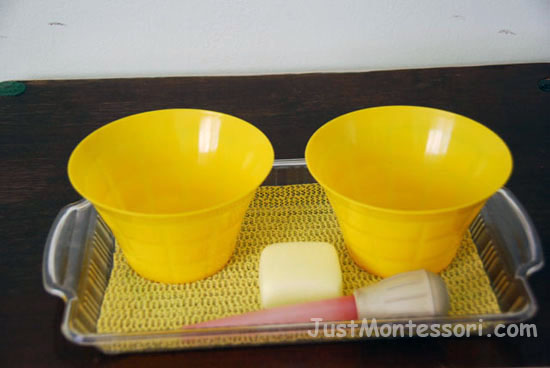

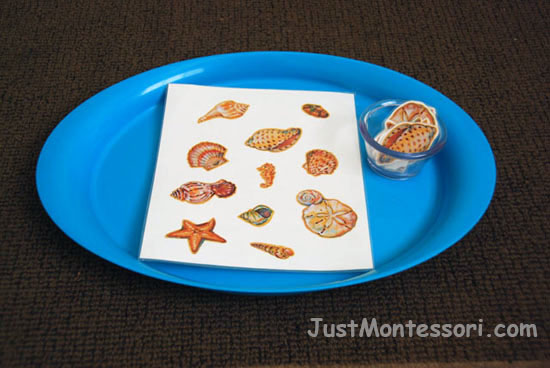
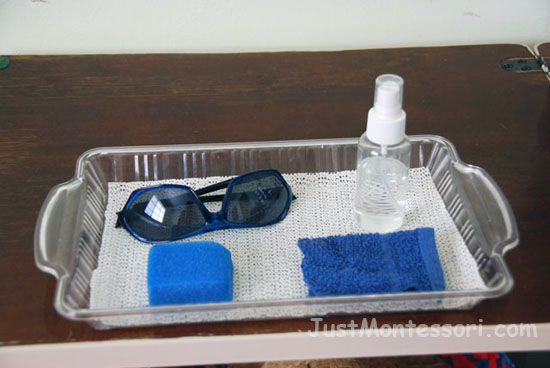
Sunglasses – Cleaning
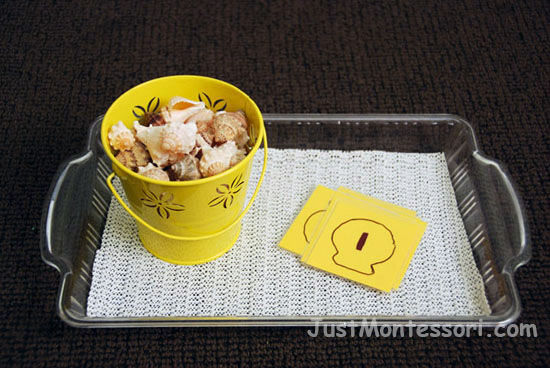
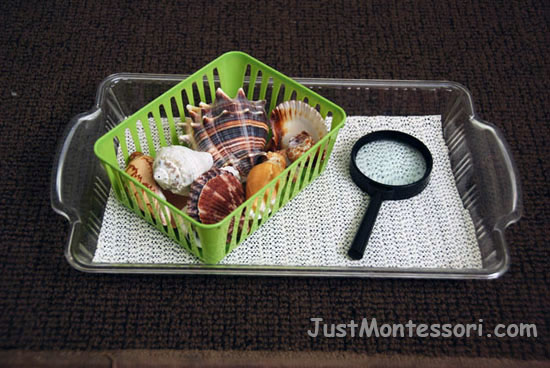

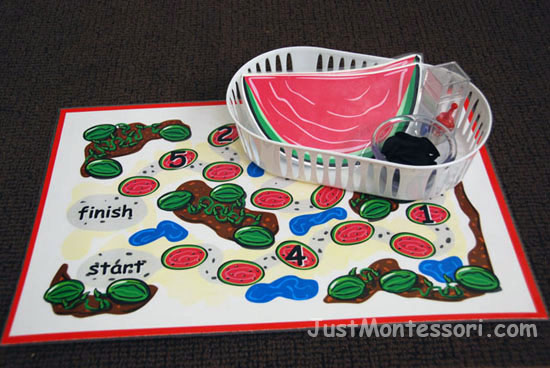
Instructions (Click the “Download” button (to the left) for the PDF)
1) Print out the watermelons (page 2) on 8 /12″x11″ paper, in color.
2) Print out the game (page 3) on 11″x17″ paper, in color.
3) Cut out the watermelon pieces and laminate separately. Then cut out each laminated watermelon piece.
4) Laminate the board game.
How to play
Have each child roll one die to see how many watermelons along the path to move. If they land on a watermelon with a number on it, have them collect that number of seeds (you make the seeds out of styrofoam).
They continue to collect seeds as each child lands on a numbered watermelon. When both children have made it to the end they count up the number of seeds each has collected.
The most seeds collected wins!
Buy Weeks 1-5 PDF
-
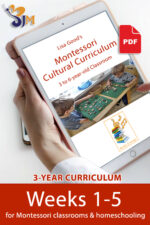 (B) Weeks 1-5$25.00
(B) Weeks 1-5$25.00


